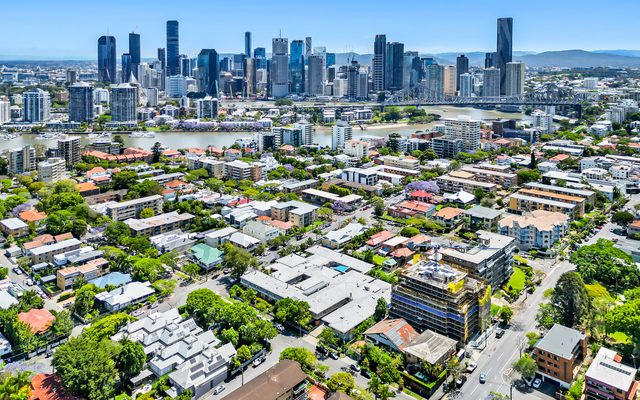This article is from the Australian Property Journal archive
COLLINGWOOD and South Melbourne accounted for the bulk of leasing activity in Melbourne’s city fringe markets in the first half of 2023, and with tenant demand stable and reduced new supply expected to arrive next year, vacancy rates near the CBD are expected to remain low in the short-term.
Knight Frank’s Melbourne City Fringe and Metro Office Market Report for October showed leasing demand was resilient across Melbourne’s city fringe and metro markets in the first six months of the year, with a strengthening in net absorption of 46,102 sqm, however, in line with the broader economy as a whole, activity has quietened “markedly” in the second half.
Net absorption strengthened particularly across the city fringe (at 42,000 sqm) while the metro office market demand (4,000 sqm) also improved as tenants chased higher quality stock.
As a result of demand the overall vacancy rate improved from 11% in October last year to 9.7% in July this year in the city fringe market, while the Metro rate has risen slightly to 7.9%. Major projects lined up for early 2024 will continue to put some pressure on vacancy rates in the metro area.
The city fringe will see a record 130,000 sqm of new developments expected to be delivered this year, before supply pipeline slows down in 2024. The metro office market will see limited new developments.
“With tenant demand stable and reduced new supply expected to arrive next year, vacancy rates in the city fringe are expected to remain low in the near future,” said Knight Frank head of research and consulting, Victoria, Dr Tony McGough.
Major projects lined up for early 2024 include One Middle Road (at 20,000 sqm) and 633 Springvale Road (8,600 sqm).
McGough said the city fringe and metro areas were more resilient than St Kilda Road, which was affected by a weakening of tenant demand in the neighbouring CBD, and currently has a vacancy rate of 25.5% following negative net absorption in the first of nearly -25,000 sqm.
“The major refurbishment of Mirvac’s 380 St Kilda Road, providing high quality space positioned just opposite the new Anzac train station, should provide evidence as to the strength of the location in attracting new tenants.”
Net face rents have remained stable across the markets, to $538 per sqm for the city fringe and $369 for metro, however incentives have risen again, to 35% each, leading effective rents lower.
Collingwood and South Melbourne lead activity
“The bulk of the leasing activity in the first half of the year was carried out in Collingwood and South Melbourne, which continues to attract tenants due to the abundant retail amenities surrounding the office buildings and easy transport access,” McGough said.
“We saw strong demand for new stock as tenants continued to upgrade their space and location,” he said, noting that 200 Victoria Place in East Melbourne achieved full commitment within three months of practical completion, while 11 Eastern Road in South Melbourne is now complete after attracting Levi’s to 1,000 sqm and has a further 3,000 sqm under offer.
McGough said demand in the metro market started to rebound in the first half, following a slowdown in 2022, “however, in line with the economy as a whole, H2 2023 has quietened markedly compared to the start of the year”.
The outer east has emerged as the strongest metro precinct, with nearly 23,000 sqm of net absorption recorded. The inner east demand improved with around 2,100 sqm of net take up, but the south east and north west markets slowed, with negative net absorption, which has put the metro market’s net position at near neutral at the midway point of the year.
Compared to the CBD, the Metro area continues to benefit from its tenant client mix, McGough said. Last year started off strong for financial services, with 56% of overall take up, but space requirements fell back in this sector in 2023.
“However, public administration has filled the gap this year, and with health care, professional services and real estate all increasing their share of take up, with the latter rising from 4% to 14%, the diversified base provides a small but steady amount of demand in the wider metro area.”





